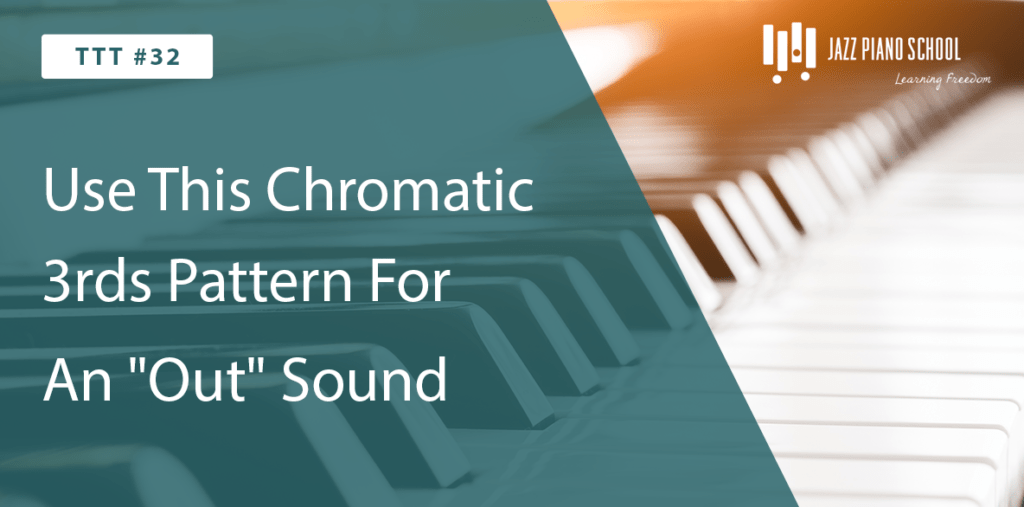A good way to begin working on basic reharmonization is to practice harmonizing a tune and coming up with a different chord for every note of the melody. Let’s take the first 8 bars to the tune “If I Should Lose You” as an example. Here are the basic chord changes and melody as you would see in a lead sheet:

Similar to how a big band arranger would use soli techniques to harmonize a melody, as solo piano arrangers we can utilize the same harmonization techniques to harmonize a melody to a tune. In order to come up with a new chord for each melody note, you must exhaust all available tritone substitutions and exploit all available chromatic approaches. Let’s put that into practice over the first 8 bars of “If I Should Lose You”:

Here are some guidelines to basic reharmonization for more movement:
- Analyze the melody
- look for where the melody resolves so you can adjust your harmonic rhythm & cadences accordingly
- look for what options the melody gives you and most importantly, don’t clash with the melody (for ex: no V7 chords on a maj7 melody note).
- Before a V7 chord, add it’s related iimin7
- Chromatically approach chords from a half step above
- the half step above chord more often than not works best as a dom7
- however, it can also be a Maj7 resolving to a Maj7 or a min7 resolving to a min7 depending on the context and whether it works with the melody
- You can even insert a chromatic 2-5 from a half step above as long as it works with the melody (for ex: the last 4 bars of “Stella by Starlight”)
- Look for any 5-1 motion to exploit secondary dominants and altered harmony
- Secondary Dominant: Any 5-1 motion can become a V7-I as long as it doesn’t clash with the melody (for ex: Gmin7-C7 can become G7-C7)
- Altered Harmony: Once the 5 becomes a V7, you can incorporate altered harmony (b9, #9, b5, #5) to make it a V7Alt for a richer harmonization
- Rather than resolving to imin7 in a minor 2-5-1, resolving to the imin(maj7) can also richen the harmonization
Check out the PDF below of these 5 Basic Reharmonization Techniques integrated with examples:
It’s crucial that you are familiar with these more “in” reharmonization techniques before exploring more out of key, modulatory, advanced reharmonization Techniques such as: Constant Structure, Chromatic Bass Motion, Planing, and Extreme Tonicization. Practice applying these 5 Basic Reharmonization Techniques over standards to get familiar with the way they move and the way they sound.
Bijan Taghavi is a pianist, composer, and educator currently based in New York, NY. For more information visit: BijanJazz.com.
















4 Responses
For my level the examples are very useful. Thank you !!!
Thanks Stancho!
Thanks! This helps a lot!
Hello,
Im very interested in pdf five techniques armonization notes
Please, thanks a lot